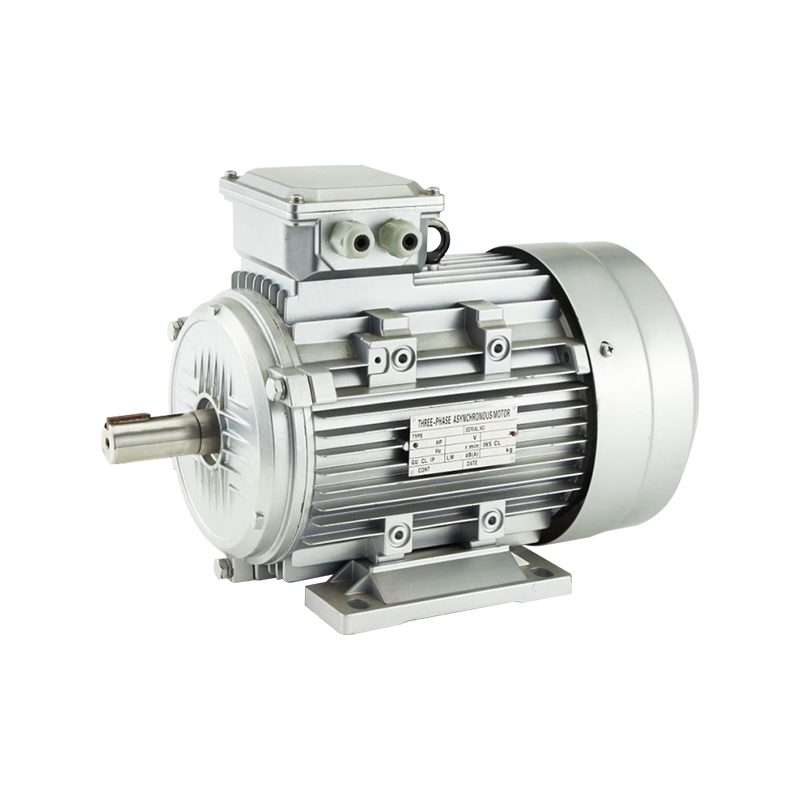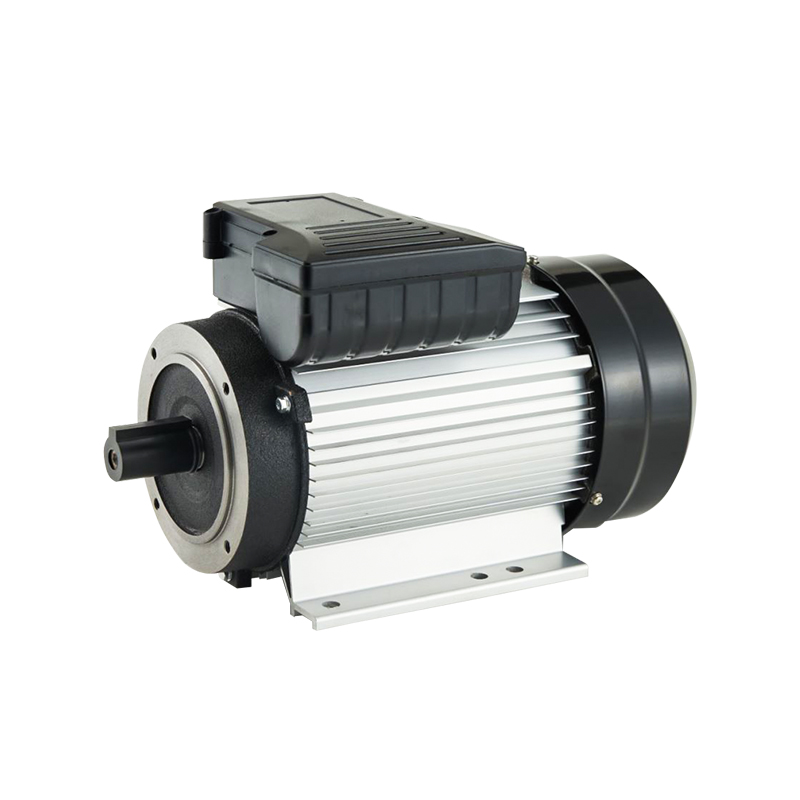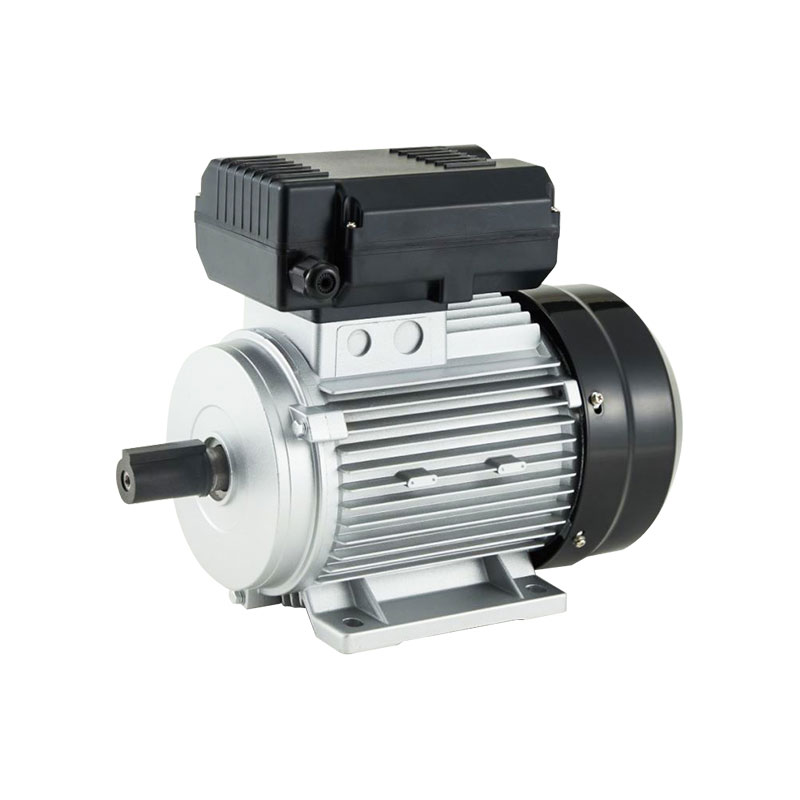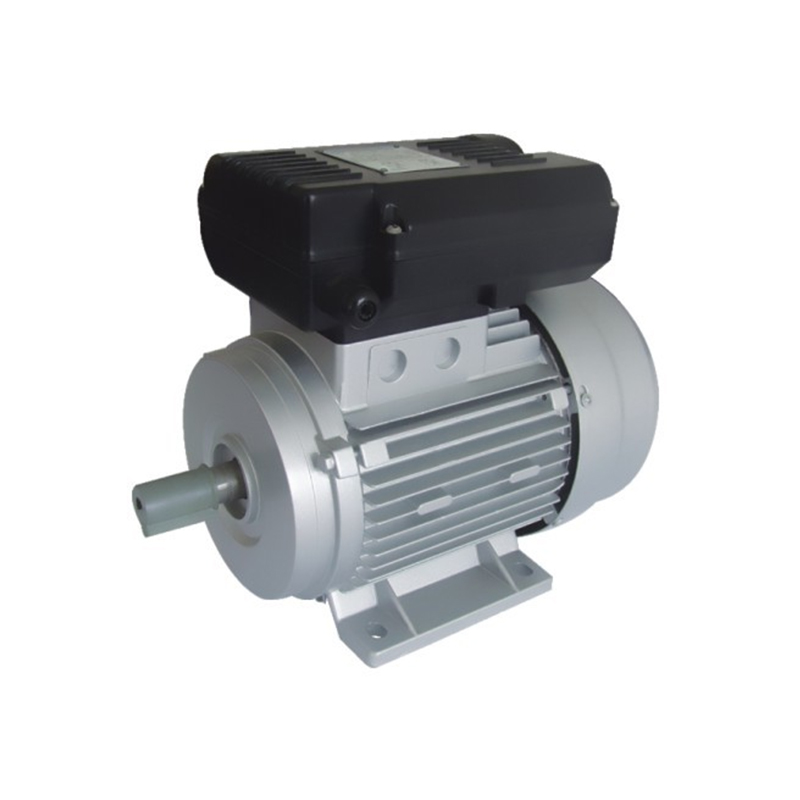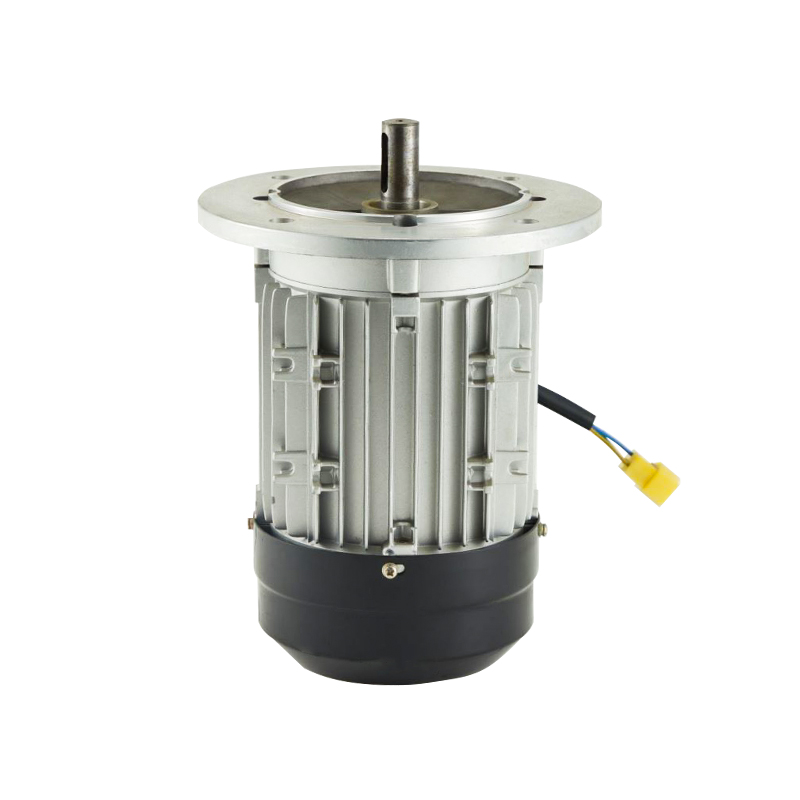Electric motors, whether small single phase AC motor or larger 3 phase asynchronous induction motor, rely on windings to create the electromagnetic fields necessary for their operation. The materials used for these windings play a crucial role in the motor's efficiency, durability, and performance. This article explores the typical materials used in electric motor windings and explains the reasons behind their selection.
1. Copper: The Primary Choice
Copper is the most common material used in electric motor windings due to its reliable electrical conductivity. The primary function of motor windings is to conduct electricity and generate magnetic fields, and copper's high conductivity allows for efficient current flow and less energy loss.
Copper's benefits include:
- Low Electrical Resistance: Copper has one of the lowest resistances among conductive materials, which helps reduce energy loss during operation.
- Durability: It is resistant to corrosion and has a high melting point, which is important for maintaining performance in motors subjected to high temperatures and demanding conditions.
- Mechanical Strength: Copper windings can withstand mechanical stress during motor startup and operation, making them reliable for long-term use.
These qualities make copper the material of choice for most electric motors, particularly in high-power applications like three-phase induction motors.
2. Aluminum: An Alternative to Copper
Aluminum is another material that is sometimes used in motor windings, especially in cost-sensitive applications. While aluminum does not have the same electrical conductivity as copper, it offers some advantages that make it suitable for certain situations.
Key features of aluminum windings include:
- Lightweight: Aluminum is significantly lighter than copper, which can be an advantage in motors where weight is a concern, such as in small single phase AC motor.
- Cost-effective: Aluminum is less expensive than copper, which reduces the overall cost of the motor. This is particularly beneficial for large-scale manufacturing or for motors used in budget-conscious applications.
- Adequate Conductivity: Although aluminum has higher electrical resistance than copper, it is still a reasonable conductor of electricity when sized appropriately. To compensate for its lower conductivity, aluminum windings are often made thicker than copper windings.
However, aluminum is less durable than copper and is more prone to oxidation, which can affect its performance over time. This is why it is not as commonly used in high-performance or industrial motors.
3. Magnet Wire Insulation: Protecting the Windings
In addition to the conductive material, the insulation used around the windings is equally important. Magnet wire, which is typically copper or aluminum coated with a thin layer of insulation, is used to prevent electrical short circuits within the motor.
The most common insulation materials include:
- Enamel Coatings: Thin enamel coatings are often used for small motors. These coatings are effective in providing insulation without adding significant bulk to the windings. Enamel coatings are also heat-resistant, making them suitable for motors that operate at high temperatures.
- Polyester and Polyamide-imide: These materials are used in motors that require higher thermal endurance. Polyester provides good insulation at moderate temperatures, while polyamide-imide offers reliable heat resistance for motors that run continuously or at high power levels.
- Epoxy Resins: In some cases, motors use epoxy resins to insulate the windings. These resins not only provide insulation but also add mechanical strength, helping to protect the windings from vibrations and physical stress.
The choice of insulation material depends on the operating environment of the motor, such as temperature, humidity, and the presence of chemicals or dust.
4. Steel and Iron Cores: Supporting the Windings
While not technically part of the windings, the core materials that support the windings are also crucial for motor performance. The core is usually made of laminated steel or iron and serves to enhance the magnetic field generated by the windings.
- Steel Laminations: In most motors, the core is made from laminated steel to reduce energy losses due to eddy currents. Laminations help to limit the flow of eddy currents, which can cause inefficiencies in the motor.
- Iron: Iron cores are often used in larger motors or motors designed for heavy-duty applications. Iron is highly magnetic and enhances the motor's ability to generate a strong electromagnetic field.
These core materials are chosen for their magnetic properties, which are essential for the motor's electromagnetic operation.
5. Why Material Selection Matters
The choice of winding materials in an electric motor is a critical design decision that directly impacts the motor's performance, efficiency, and longevity. High-conductivity materials like copper ensure that energy losses are lessd, while insulation materials help protect the motor from short circuits and environmental stressors.
Manufacturers must consider factors such as cost, weight, and thermal resistance when selecting materials for motor windings. For instance, in high-efficiency motors like 3 phase asynchronous induction motor, copper is typically favored due to its advanced conductivity. However, in smaller or less demanding applications, aluminum might be used to reduce costs while still delivering satisfactory performance.
Electric motor windings play a vital role in the overall performance of both small single phase AC motor and 3 phase asynchronous induction motor. Copper is the preferred material for most windings due to its reliable electrical conductivity, mechanical strength, and durability. In some cases, aluminum provides a lightweight and cost-effective alternative, although it requires careful consideration to ensure that performance remains acceptable. Insulation materials such as enamel, polyester, and epoxy are equally important in protecting the windings and ensuring long-term reliability. Together, these materials contribute to the efficient operation of electric motors across various industries.


